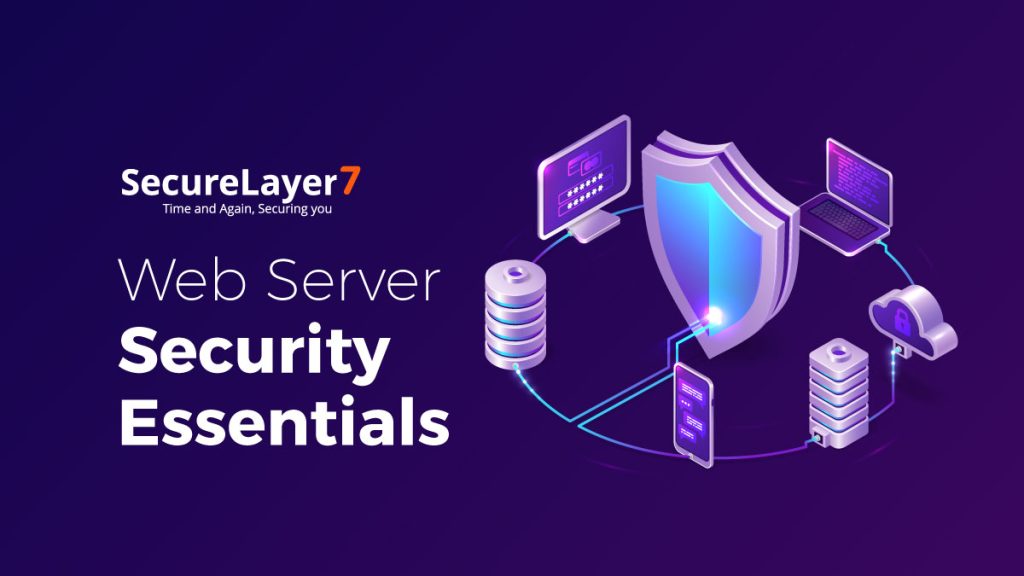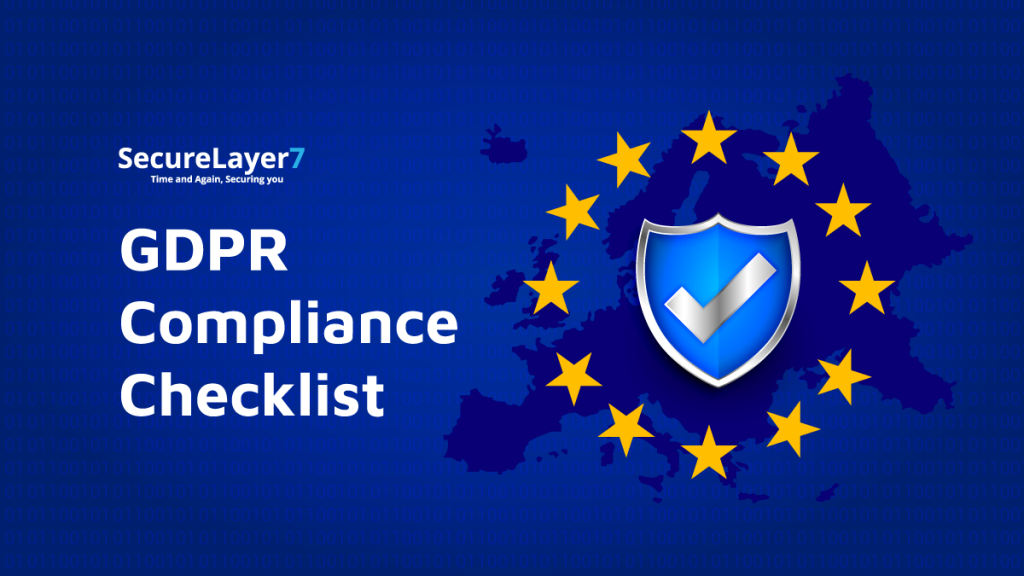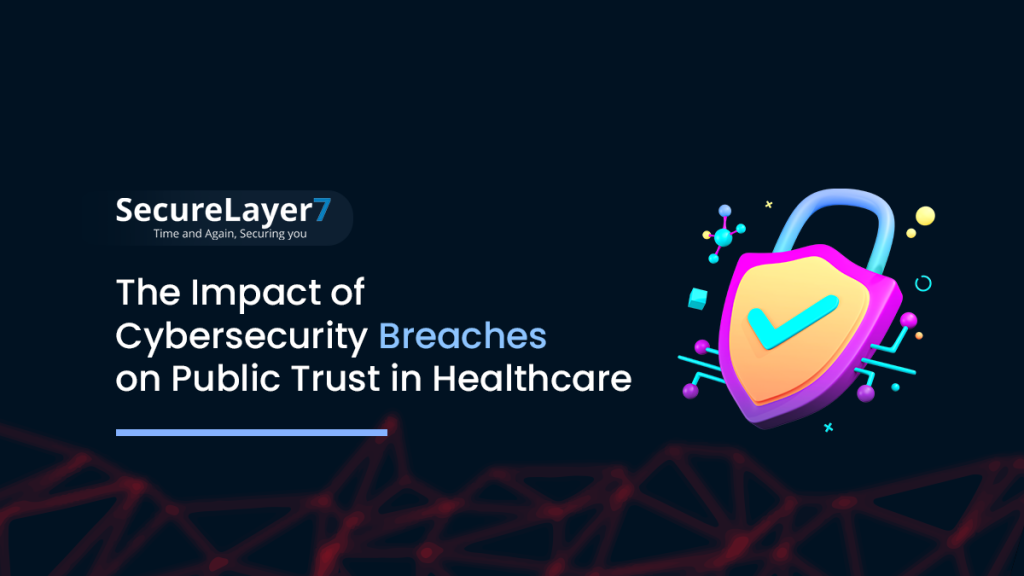
The Most Comprehensive Guide To Choose a Pentest Partner
October 9, 2023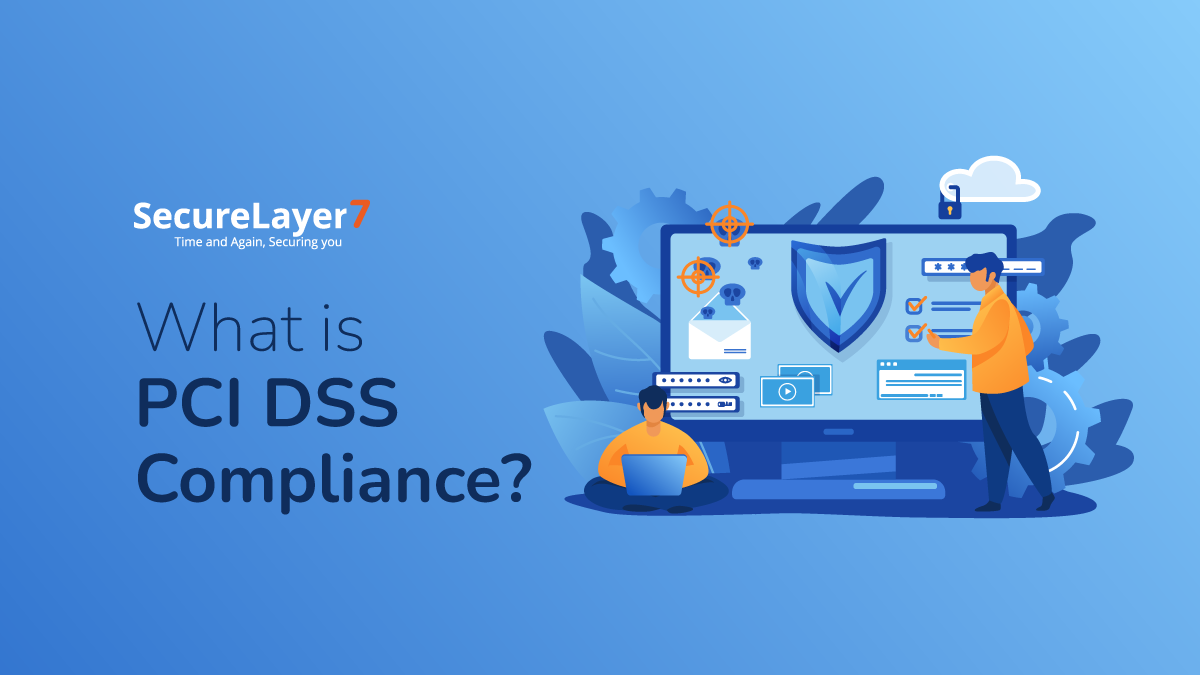
What is PCI DSS Compliance?
October 16, 2023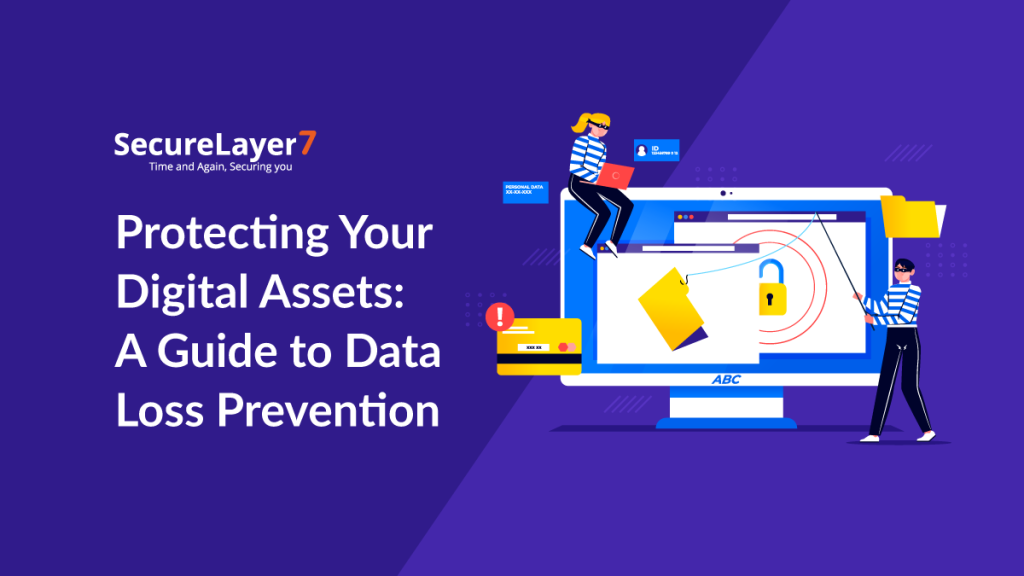
In today’s interconnected and digital landscape, data has become one of the most valuable assets for individuals and businesses alike.
From personal memories captured in photos and messages to critical business information stored in databases, the reliance on digital data has grown exponentially.
However, with the increasing reliance on technology comes the looming threat of data loss – a potential catastrophe that can disrupt lives, businesses, and even entire industries.
The Essence of Data Loss
Data loss refers to the unintended or accidental destruction, corruption, or compromise of data. This can encompass a wide range of scenarios, from mistakenly deleted files and hardware failures to cyberattacks that aim to steal or hold hostage-sensitive information.
Regardless of the cause, the repercussions of data loss can be severe, affecting not only the immediate accessibility of information but also the long-term integrity of digital assets.
Navigating the Consequences
For businesses, the impact of data loss can be financially devastating. The cost of data recovery, reputation damage, and potential legal liabilities can add up quickly, potentially causing irrevocable harm.
On a personal level, the loss of cherished memories, personal documents, and sensitive information can lead to emotional distress and frustration.
The Crucial Role of Data Loss Prevention
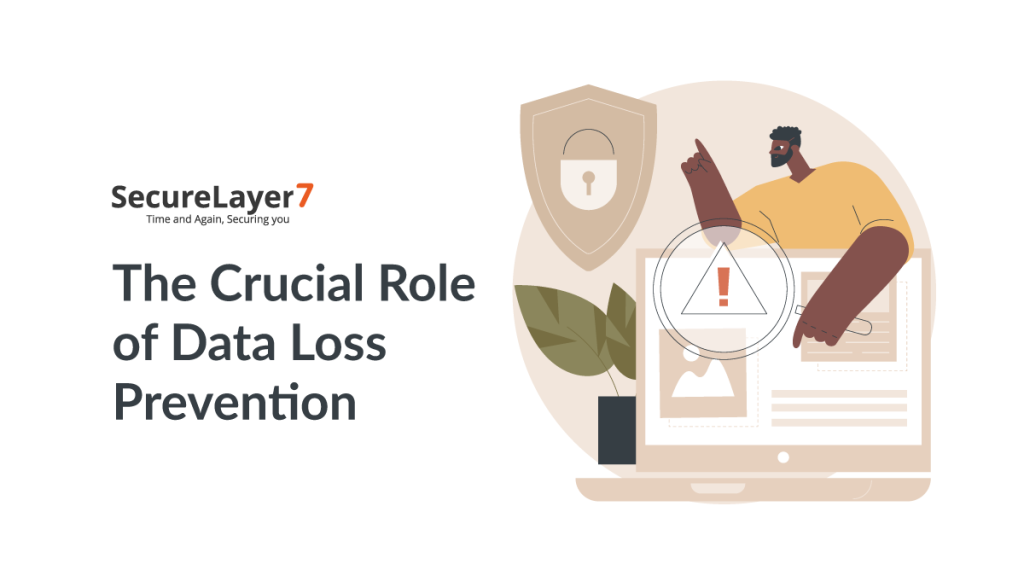
In light of these challenges, data loss prevention emerges as an essential practice in today’s digital age.
Data loss prevention encompasses a set of strategies and measures aimed at minimizing the risk of data loss and ensuring the continued availability, confidentiality, and integrity of digital information.
It’s not just a concern for large corporations; individuals, small businesses, and organizations of all sizes can benefit from understanding and implementing these strategies.
In the following sections of this blog, we’ll delve deeper into the various causes of data loss, explore the significance of data loss prevention, and provide actionable insights and best practices to effectively protect your digital assets.
By the end of this journey, you’ll have a clearer understanding of the steps you can take to safeguard your valuable data and mitigate the potentially disastrous consequences of data loss.
So, let’s begin our exploration of data loss prevention by unraveling the different ways data can be lost and how understanding these causes can help us better prepare against them.
Common Causes of Data Loss
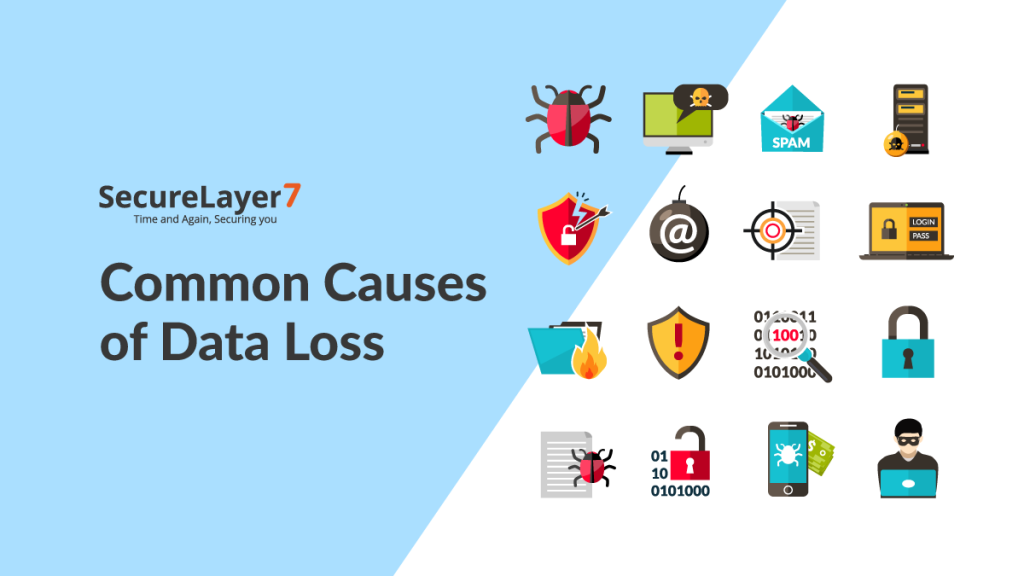
Data loss can stem from a variety of sources, ranging from accidental mistakes to malicious cyberattacks.
Understanding these causes is crucial for implementing effective data loss prevention strategies.
Let’s focus on the five most important cybersecurity-related causes of data loss and elaborate on each of them:
1. Malware Infections
Malware, short for “malicious software,” is a broad term encompassing various malicious programs that can infiltrate your systems and wreak havoc.
Viruses, worms, trojans, and ransomware are some common types. These programs can corrupt files, steal sensitive information, and disrupt system operations.
Ransomware, in particular, encrypts your data and demands payment for its release. To prevent malware infections, it’s crucial to maintain up-to-date antivirus software, exercise caution when downloading files, and regularly update your operating systems and applications to patch vulnerabilities.
2. Phishing Attacks
Phishing is a deceptive technique used by cybercriminals to trick users into revealing sensitive information, such as login credentials or credit card details.
These attacks often come in the form of convincing emails or fake websites that imitate legitimate entities.
Falling for a phishing attack can lead to compromised accounts and data breaches. Mitigate this risk by educating employees about phishing, encouraging skepticism toward unsolicited emails, and implementing multi-factor authentication to add an extra layer of security to account logins.
3. Data Breaches
Data breaches occur when unauthorized individuals gain access to databases or systems containing sensitive information.
This can happen due to poor access controls, weak passwords, or software vulnerabilities. Breached data can be exploited for financial gain, identity theft, or other malicious activities.
To prevent data breaches, implement strong access controls, regularly audit user permissions, encrypt sensitive data both at rest and in transit, and monitor network traffic for suspicious activities.
4. Weak Authentication
Weak or easily guessable passwords provide cybercriminals with a direct route into your systems.
Without proper authentication measures, attackers can gain unauthorized access to critical accounts and data.
To address this, enforce password complexity rules, encourage the use of password managers, and implement multi-factor authentication (MFA) wherever possible.
MFA requires users to provide additional verification beyond a password, significantly enhancing account security.
5. Unpatched Software:
Failing to apply security patches and updates leaves your systems exposed to known vulnerabilities that attackers can exploit.
Cybercriminals often target outdated software because they know these vulnerabilities exist. Regularly update your operating systems, applications, and security software to ensure you’re protected against the latest threats.
Consider using automated patch management tools to streamline this process and reduce the risk of oversight.
The Need for Data Loss Prevention: Safeguarding What Matters Most
Imagine this scenario: you walk into your office one morning, only to find that all your critical business data has vanished overnight. Customer records, financial data, and project files—are all gone. It’s not just a bad dream; it’s a chilling reality that businesses and individuals can face if they underestimate the importance of data loss prevention.
- Counting the Costs
- Shattered Trust and Reputation
- Navigating the Legal Maze
- A Unified Call for Action
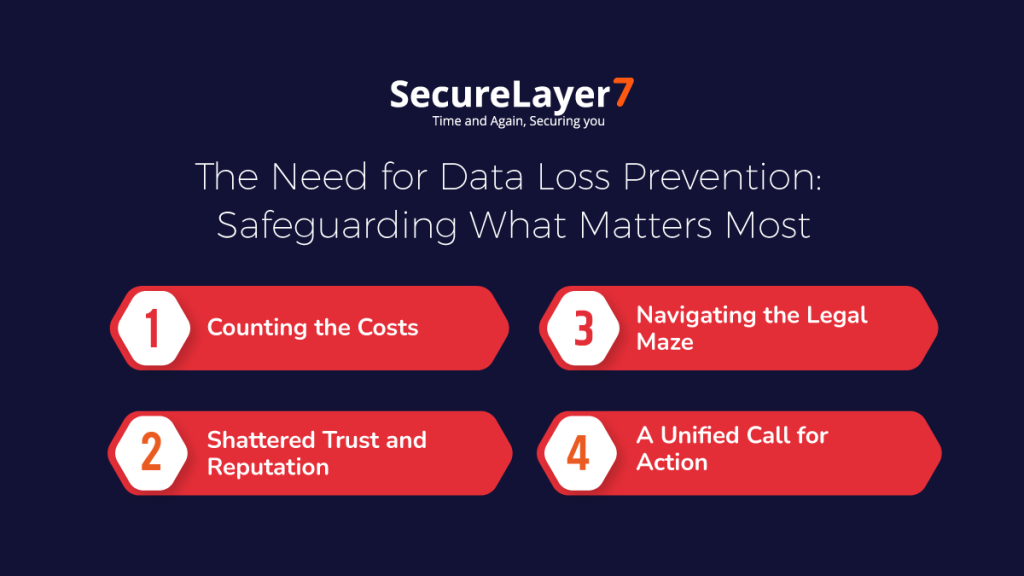
1. Counting the Costs
Data loss isn’t just an inconvenience; it’s a financial blow that can cripple a business. The expenses associated with recovering lost data can quickly spiral out of control.
Data recovery specialists, hardware repairs, and software reconstruction all come with hefty price tags.
And that’s not all. Regulatory fines can be imposed for failing to protect sensitive customer information, pushing financial strain to new heights.
2. Shattered Trust and Reputation
Now, consider the impact on your reputation. Imagine telling your customers that their data has been compromised or lost.
Trust, once eroded, is challenging to regain. Clients might start doubting your ability to keep their information safe, potentially leading them to take their business elsewhere.
In the age of social media and online reviews, the ripple effects of a data breach can extend far beyond the immediate incident.
3. Navigating the Legal Maze
Data protection laws and regulations are tightening their grip, and non-compliance can result in serious consequences.
From the European Union’s General Data Protection Regulation (GDPR) to California’s Consumer Privacy Act (CCPA), legal frameworks are holding organizations accountable for safeguarding personal data.
Neglecting these regulations can result in fines that compound your financial woes and damage your reputation even further.
4. A Unified Call for Action
Whether you’re a small business owner or an individual, data loss prevention is a universal necessity.
It’s about more than just securing data; it’s about preserving the trust of those who depend on you.
By prioritizing data loss prevention, you’re making a commitment to safeguard your assets, protect your reputation, and adhere to legal standards.
In the upcoming sections, we’ll explore the fundamental components of data loss prevention, empowering you with practical strategies and insights to shield your digital world from potential disasters.
Remember, prevention is not just about dodging problems—it’s about securing peace of mind for a digitally connected future.
Key Components of Data Loss Prevention: A Business-Centric Approach
In the realm of business, where data holds the reins of power, safeguarding it isn’t just a matter of caution—it’s a strategic imperative.
Let’s delve into the key components of data loss prevention, focusing on their business relevance and the value they offer to stakeholders.
- Backup and Recovery Strategies: Ensuring Continuity
- Data Encryption: Guarding Confidentiality
- Access Control and User Training: Reducing Vulnerabilities
- Network Security Measures: Safeguarding Connections
- Regular Software Updates and Patch Management: Mitigating Vulnerabilities
- Employee Training and Awareness: Nurturing a Security Culture
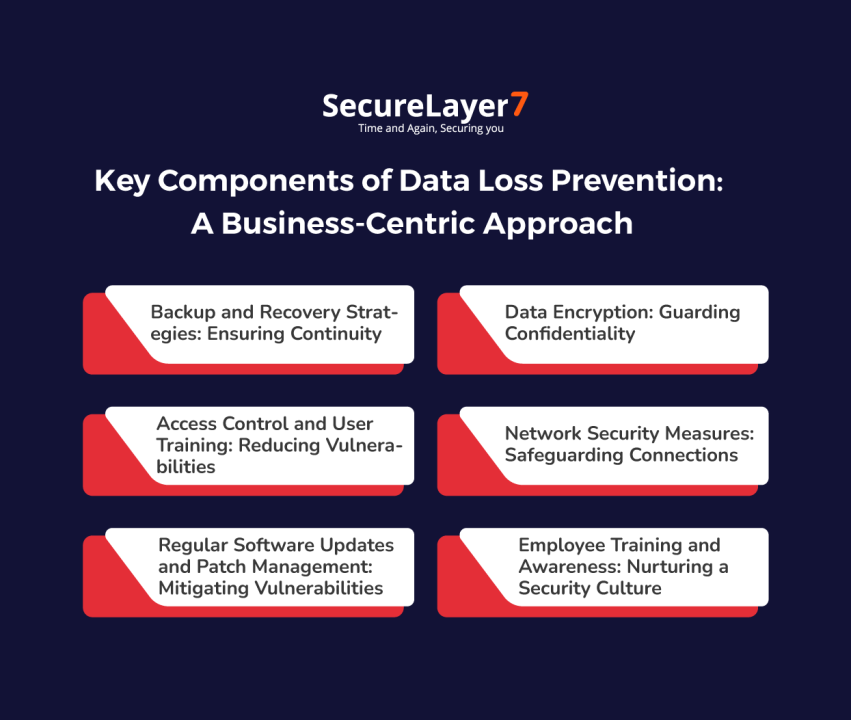
1. Backup and Recovery Strategies
Picture this: critical business data vanishes without a trace. The downtime, loss of productivity, and potential revenue setbacks can be catastrophic.
This is where robust backup and recovery strategies shine. Regular data backups are the ultimate contingency plan, guaranteeing that data can be restored swiftly in the face of a crisis.
By understanding backup types—full, incremental, differential—you can optimize the balance between data protection and resource efficiency.
Moreover, offsite and cloud backups insulate you from on-premises disasters, ensuring business continuity and minimizing operational disruptions.
2. Data Encryption
In the corporate landscape, confidential data is the lifeblood of competitive advantage. Encryption acts as a virtual vault, shielding sensitive information from unauthorized access.
Encryption operates both at rest (when data is stored) and in transit (during communication), reinforcing the protection of valuable assets.
By embracing encryption protocols and best practices, businesses not only safeguard proprietary information but also enhance their reputation as custodians of data integrity.
3. Access Control and User Training
In a world driven by collaboration and remote connectivity, managing access is paramount. Limiting access based on roles and responsibilities prevents unauthorized tampering with sensitive data.
Educating users about data security cultivates a culture of vigilance, where each stakeholder contributes to risk mitigation.
The implementation of multi-factor authentication provides an added layer of protection against unauthorized entry, bolstering the resilience of data assets against evolving threats.
4. Network Security Measures
The corporate network serves as the conduit for critical information exchange. Ensuring its security is pivotal.
Firewalls, intrusion detection, and prevention systems fortify the perimeter against malicious intrusions.
Monitoring network traffic for anomalies serves as an early warning system, identifying potential breaches before they escalate.
Secure Wi-Fi networks and VPNs, especially in remote work scenarios, ensure that data travels safely, reinforcing the confidence of stakeholders in secure communication.
5. Regular Software Updates and Patch Management
In a digital ecosystem rife with vulnerabilities, timely software updates are the ultimate safeguard.
Regular updates and patches bolster system resilience by addressing known vulnerabilities, and thwarting potential exploits.
This practice not only safeguards business continuity but also signifies a commitment to proactive cybersecurity, reassuring stakeholders of the organization’s proactive approach to risk management.
6. Employee Training and Awareness
As guardians of sensitive information, employees play a pivotal role in the data protection equation.
Educating them about data security fosters a security-conscious workforce. Simulated phishing exercises hone their ability to identify and respond to threats, further minimizing the potential for human error-induced data loss.
Creating a culture of data security demonstrates an organization’s dedication to preserving both its assets and its reputation.
By focusing on these key components of data loss prevention, businesses align their strategies with the ever-evolving digital landscape.
The value proposition is clear: enhanced data integrity, reduced operational disruptions, fortified stakeholder confidence, and ultimately, a resilient foundation for sustainable growth.
Types of Data Loss Prevention
Data loss prevention (DLP) isn’t a one-size-fits-all concept. It encompasses various approaches, each designed to address specific aspects of safeguarding your valuable information.
Let’s explore the different types of DLP strategies and how they can be customized to suit your business requirements.
1. Network DLP: Securing Data in Transit
Network DLP focuses on monitoring and controlling the flow of data within your network. It’s particularly useful for preventing data leaks through communication channels.
By analyzing network traffic, this type of DLP can identify and prevent unauthorized transmission of sensitive information.
It’s an essential tool for protecting against insider threats, accidental data leaks, and malicious activities.
Network DLP solutions can also enforce encryption for data leaving the network perimeter, ensuring that even if intercepted, the information remains unintelligible to unauthorized parties.
2. Endpoint DLP: Safeguarding Devices
Endpoint DLP centers around protecting data on individual devices, whether they’re laptops, smartphones, or other endpoints.
This approach focuses on preventing data from being transferred to unauthorized external devices or cloud services.
Endpoint DLP solutions can monitor and control USB ports, external drives, and even the copying of data to personal email accounts or cloud storage platforms.
By enforcing policies and restrictions at the device level, endpoint DLP adds an extra layer of security, especially in the age of remote work and bring-your-own-device (BYOD) environments.
3. Cloud DLP: Securing Cloud Environments
As businesses increasingly embrace cloud services, the need for cloud-specific data loss prevention grows.
Cloud DLP focuses on protecting data stored in cloud platforms like AWS, Azure, or Google Cloud.
It ensures that sensitive data remains secure and compliant even when stored outside the organization’s physical premises.
Cloud DLP solutions can enforce encryption, monitor data access, and prevent unauthorized sharing of sensitive information within cloud environments.
DLP Solutions
Data loss prevention (DLP) solutions stand as the guardians of your digital assets, providing targeted defenses against potential breaches. These solutions offer
- Data Discovery and Classification: Identifying sensitive data and categorizing it based on policies.
- Policy Enforcement: Implementing rules to control data access, sharing, and transfers.
- Real-time Monitoring and Alerts: Detecting unusual activities and generating timely alerts.
- Encryption and Data Masking: Securing data at rest or in transit through encryption and masking.
- User and Endpoint Protection: Safeguarding devices and endpoints from unauthorized data movement.
- Cloud Integration: Extending protection to data stored in cloud environments.
With DLP solutions, businesses elevate their security posture, ensure compliance, and maintain data integrity, reinforcing their commitment to responsible data handling.
Best Practices for Data Loss Prevention: Safeguarding Your Digital Assets
Alright, let’s talk about the smart moves—the best practices that can make all the difference when it comes to protecting your data.
Think of these practices as your guide to building a sturdy fortress for your digital assets.
1. Conducting Risk Assessments and Identifying Vulnerabilities
Just like you’d assess the safety of your home before taking a vacation, it’s crucial to evaluate your data environment.
This means identifying the potential risks and vulnerabilities that could expose your data to threats.
Start by looking at your systems, processes, and even employee behaviors. By understanding where your weak points are, you’re one step closer to plugging those gaps.
2. Developing a Comprehensive Data Loss Prevention Policy
Every fortress needs rules to keep it secure, and your data is no different. This is where a data loss prevention (DLP) policy comes into play. It’s like a set of guidelines that dictate how your organization handles sensitive data.
This policy should cover everything from who has access to certain information to what happens if a breach occurs.
It’s a roadmap that guides your team in making the right decisions when it comes to data security.
3. Regularly Testing and Updating Data Loss Prevention Strategies
Imagine having a security system in your fortress that you never test or update—it would become ineffective over time.
The same goes for your DLP strategies. Regularly test your defenses to make sure they’re working as intended.
This could involve simulated attacks or vulnerability assessments. And just like you’d upgrade your security system to keep up with new threats, keep your DLP strategies up to date. Hackers are always coming up with new tricks, so your defenses need to stay sharp.
Summing Up
In a world where data is a precious commodity, data loss prevention practices are your shield against potential disaster.
Conduct risk assessments to uncover weaknesses, draft a solid DLP policy to set the ground rules, and consistently test and update your strategies to keep up with evolving threats.
Just like maintaining a fortress requires effort, maintaining your data security demands attention and vigilance.
These best practices form the bedrock of your digital resilience, ensuring your data remains protected and your operations stay secure.
In an interconnected world where data is paramount, embracing data loss prevention is a strategic imperative.
How Can SecureLayer7 Help?
In a world where data is invaluable, Securelayer7 is your shield against data loss. We specialize in comprehensive data loss prevention solutions, helping you protect what matters most – your digital assets.
With Securelayer7, you can secure, monitor, and safeguard your data with ease. Our expert team conducts risk assessments, develops robust data loss prevention policies, and keeps your defenses up-to-date.
Don’t wait for a data disaster. Contact Securelayer7 today and fortify your digital assets. Your data, reputation, and peace of mind are worth it.
Contact Securelayer7 now and fortify your data’s security.
